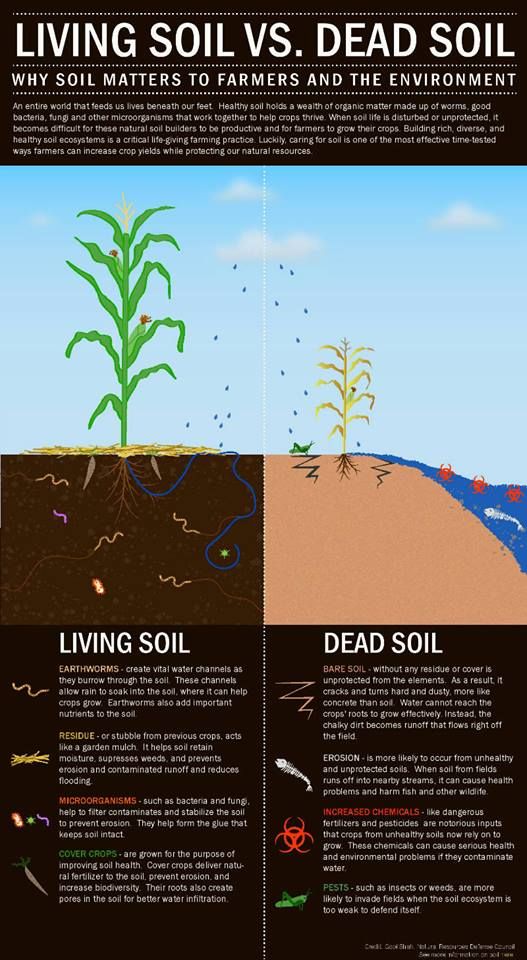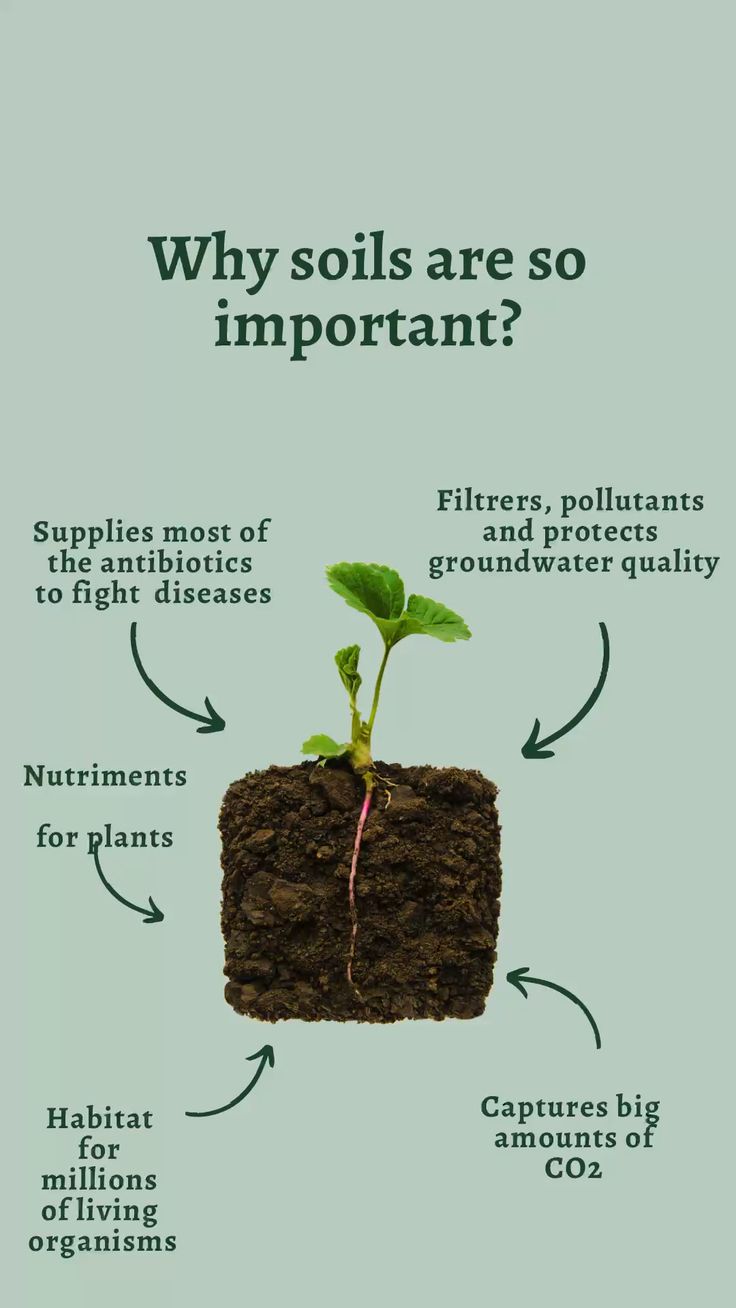In agriculture, achieving high crop yields while maintaining soil health is a constant challenge. Fortunately, soil amendments offer an effective, straightforward solution to enrich soil and optimize plant growth. Here’s how you can boost your crop yield with some simple soil amendments:

1. Understanding Soil Amendments
What are soil amendments?
- Substances added to soil to improve its physical or chemical properties.
- Enhance nutrient availability, soil structure, and moisture retention.
Types:
- Organic (e.g., compost, manure).
- Inorganic (e.g., lime, gypsum).
2. Assessing Soil Needs
Soil Testing:
- Conduct a soil test to identify nutrient deficiencies and pH imbalances.
- Use a professional lab or DIY soil test kits.
Key parameters:
- pH levels.
- Organic matter content.
- Macronutrients (N, P, K) and micronutrients.
| Parameter | Ideal Range |
|---|---|
| pH Level | 6.0 – 7.5 |
| Organic Matter | >3% |
| Nitrogen (N) | 20–40 ppm |
| Phosphorus (P) | 25–50 ppm |
| Potassium (K) | 100–200 ppm |

3. Organic Soil Amendments
Benefits:
- Improve soil fertility.
- Increase microbial activity.
- Enhance water-holding capacity.
Examples:
- Compost: Provides balanced nutrients and improves soil texture.
- Manure: Supplies nitrogen and boosts organic matter.
- Green Manure: Crops like clover and vetch fix nitrogen.
- Biochar: Enhances carbon storage and nutrient retention.
Application Tips:
- Spread compost evenly before planting.
- Incorporate manure during soil preparation.
- Rotate green manure crops seasonally.
4. Inorganic Soil Amendments
Benefits:
- Address specific soil deficiencies.
- Alter soil pH effectively.
Examples:
- Lime: Raises soil pH and supplies calcium.
- Gypsum: Improves drainage and adds calcium and sulfur.
- Rock Phosphate: Provides a slow-release source of phosphorus.
- Sulfur: Lowers soil pH for acid-loving plants.
Application Tips:
- Apply lime in fall for gradual pH adjustment.
- Use gypsum for compacted soils or saline conditions.
5. Combining Soil Amendments
Why combine?
- Achieve a balance of immediate and long-term benefits.
- Enhance soil resilience to environmental stresses.
Example Combination:
- Mix compost with biochar to provide nutrients and improve soil aeration.
- Add rock phosphate to compost for phosphorus-rich organic matter.
| Amendment | Primary Benefit | Secondary Benefit |
| Compost | Nutrients | Soil structure |
| Biochar | Nutrient retention | Carbon storage |
| Lime | pH correction | Calcium supply |
6. Best Practices for Application
Timing:
- Amend soil in the offseason or during field preparation.
- Avoid application during heavy rain to minimize runoff.
Quantity:
- Follow recommended rates based on soil tests.
- Avoid over-application to prevent nutrient imbalances.
Methods:
- Broadcasting: Spreading evenly across the field.
- Incorporation: Mixing amendments into the topsoil.
- Spot Treatment: Targeting specific areas with deficiencies.
7. Monitoring and Adjusting
Continuous Monitoring:
- Re-test soil every 1-2 years.
- Observe crop health and yield trends.
Adjustments:
- Modify amendment types and rates based on results.
- Rotate amendments to avoid dependency on a single type.

Conclusion
Boosting crop yield doesn’t require drastic measures. By understanding your soil’s needs and using simple, effective amendments, you can achieve healthier crops and more productive harvests. Regular monitoring and mindful application ensure that these practices are sustainable and beneficial for the long term.




